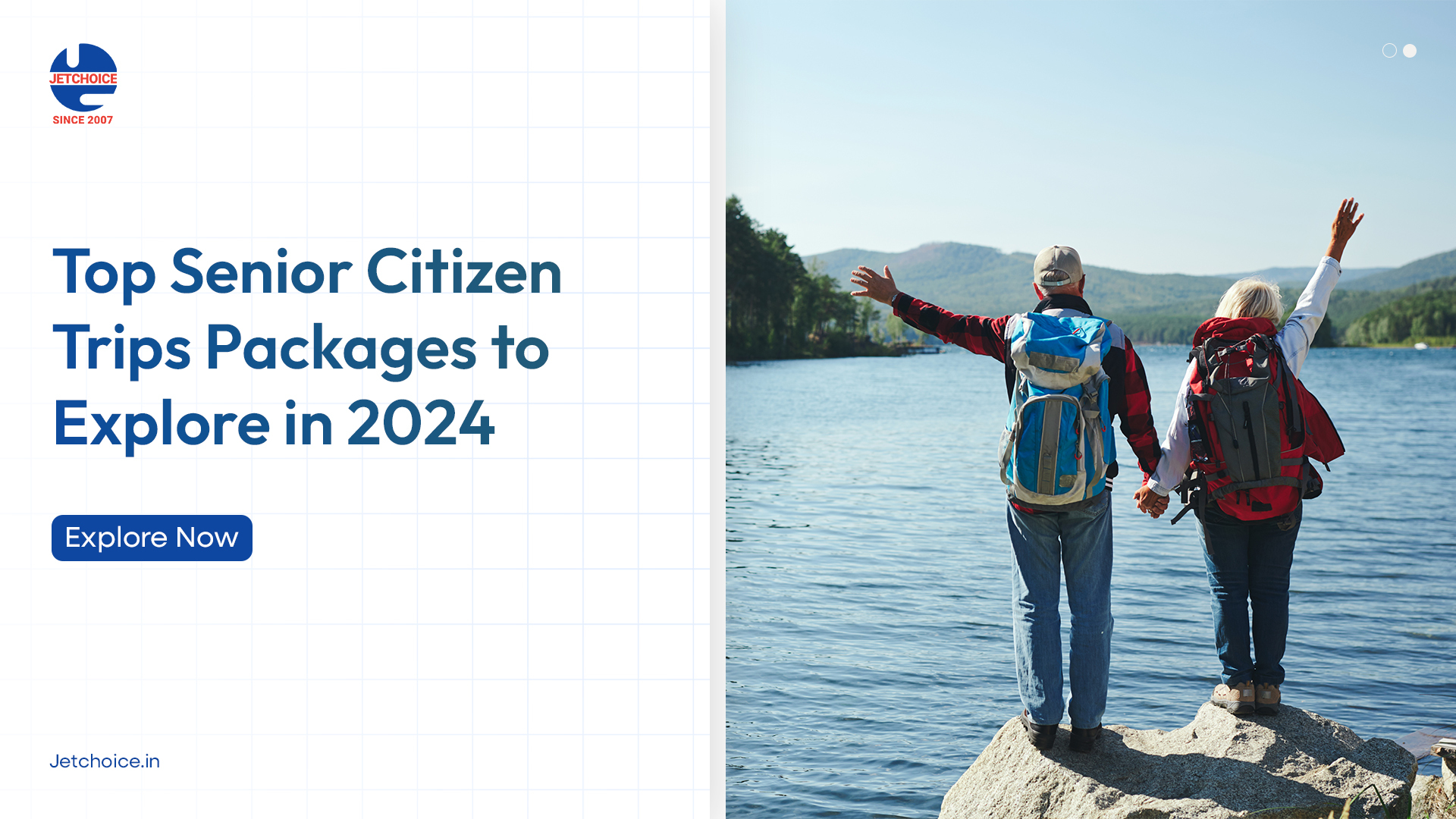Senior citizen trips ideas offer a world of possibilities for fulfilling and enriching travel experiences. Whether you envision exploring charming domestic towns, embarking on an international adventure, or indulging in a relaxing cruise, careful planning ensures a memorable journey. This guide explores diverse options, from budget-friendly escapes to luxurious getaways, catering to varying mobility levels and interests. We’ll delve into practical planning advice, health considerations, and inspiring destinations, empowering you to craft a trip tailored to your preferences and needs.
From the breathtaking landscapes of national parks to the vibrant cultures of European cities, the possibilities are endless. We’ll examine different trip types, such as cruises, all-inclusive resorts, and independent travel, weighing their advantages and disadvantages for senior travelers. We’ll also cover essential aspects like budgeting, travel insurance, and health and safety, ensuring a smooth and worry-free experience.
Health and Safety Considerations
Planning a trip is exciting, but for senior citizens, prioritizing health and safety is paramount. This section provides practical advice to ensure a worry-free and enjoyable travel experience. Careful preparation and proactive measures significantly reduce potential risks and contribute to a more fulfilling journey.
Maintaining Good Health During Travel
Maintaining good health while traveling requires proactive planning and attention to detail. Seniors should consult their physicians before embarking on any trip, especially if they have pre-existing medical conditions. This consultation should include a review of medications, necessary vaccinations, and potential health risks associated with the destination. Packing a sufficient supply of prescribed medications, keeping them readily accessible, and understanding local pharmacy options are also crucial. Furthermore, maintaining a regular schedule for medication intake, eating nutritious meals, and staying hydrated are vital for preventing health complications. Regular exercise, even light stretching or walking, can help combat the effects of prolonged sitting during travel. Finally, being mindful of the climate and taking necessary precautions against heatstroke or cold exposure is important. For instance, a senior traveling to a tropical climate should pack light, breathable clothing and stay hydrated, while someone traveling to a colder region should pack warm layers and appropriate footwear.
Travel Insurance and Emergency Medical Evacuation
Comprehensive travel insurance is essential for senior travelers. Standard travel insurance policies often have limitations for older travelers, so it’s crucial to find a policy that specifically addresses the needs of seniors. This includes coverage for medical emergencies, hospital stays, and medical evacuation. Medical evacuation can be particularly important, as it covers the cost of transporting a traveler to a facility with adequate medical care, even if it’s in a different country. It’s advisable to thoroughly review the policy details, paying close attention to coverage limits and exclusions. Consider the potential costs of medical care in the destination country and ensure your insurance adequately covers these expenses. For example, medical costs in some parts of the world can be significantly higher than in others, making comprehensive insurance even more vital. Documenting the insurance policy details and keeping a copy readily accessible throughout the trip is also a good practice.
Packing a Comprehensive First-Aid Kit
A well-stocked first-aid kit is crucial for any trip, but even more so for senior travelers. The kit should include items specifically addressing common ailments among older adults. This might include prescription medications, pain relievers, bandages of various sizes, antiseptic wipes, anti-diarrheal medication, motion sickness medication, and any other medication prescribed by their physician. It’s also advisable to include a thermometer, tweezers, and a small pair of scissors. Additionally, including a list of emergency contacts and any relevant medical information, such as allergies or pre-existing conditions, is essential. The kit should be easily accessible and kept in a sturdy, waterproof container. For example, a hard-shell case would protect the contents from damage during travel.
Staying Safe While Traveling
Staying safe while traveling involves being aware of potential risks and taking proactive measures to mitigate them. Seniors should be mindful of their surroundings, avoid walking alone at night, and be cautious of scams or pickpockets. Staying in well-lit and populated areas is advisable, especially during evening hours. Using reputable transportation services and informing someone of their itinerary is also a good practice. Consider using GPS tracking devices or sharing your location with family or friends, particularly if traveling independently. If using public transportation, be aware of your belongings and surroundings, and avoid displaying large amounts of cash or expensive jewelry. Finally, staying informed about local laws and customs can help avoid unintended consequences. For instance, understanding local traffic laws and transportation etiquette can prevent accidents or misunderstandings.
Concluding Remarks
Planning a senior citizen trip is an exciting endeavor, filled with anticipation and the promise of new experiences. By carefully considering your preferences, budget, and health needs, you can create a truly memorable journey. This guide provides a framework for planning your perfect getaway, from choosing the right destination and accommodation to managing your budget and ensuring your safety. Remember, the goal is to enjoy a relaxing and enriching adventure that creates lasting memories.




